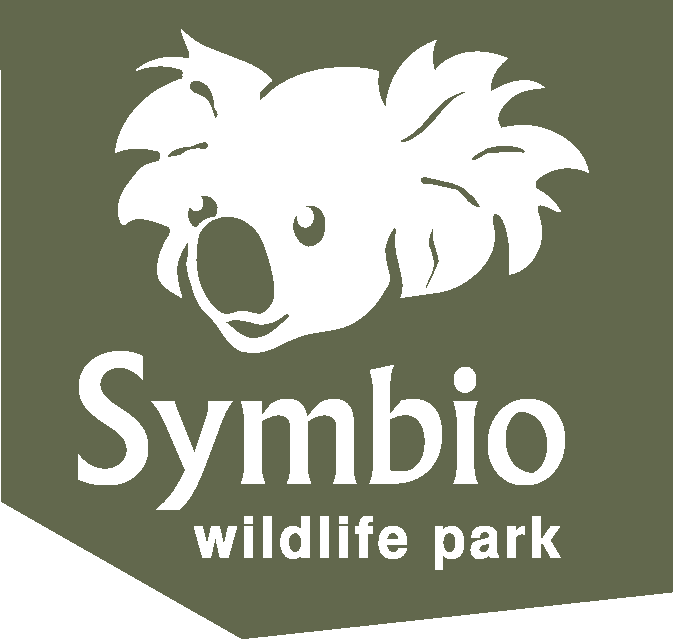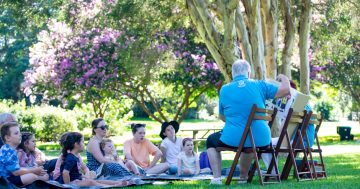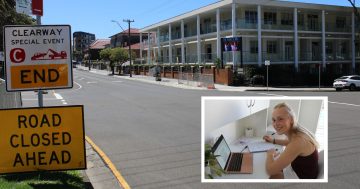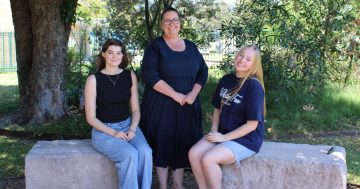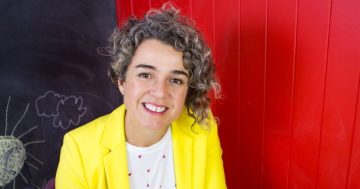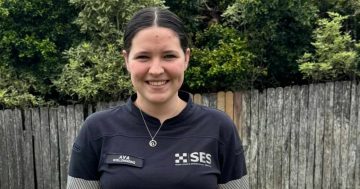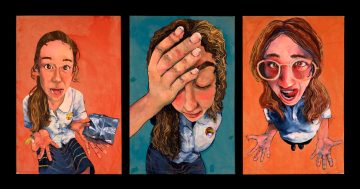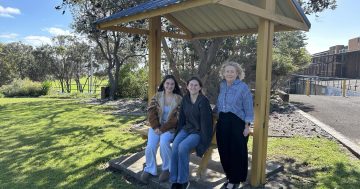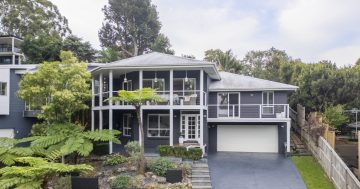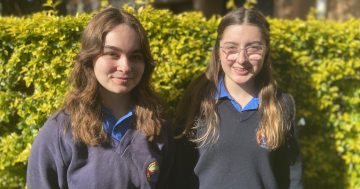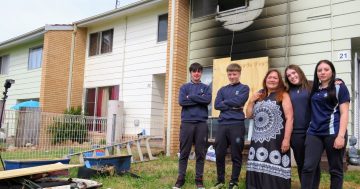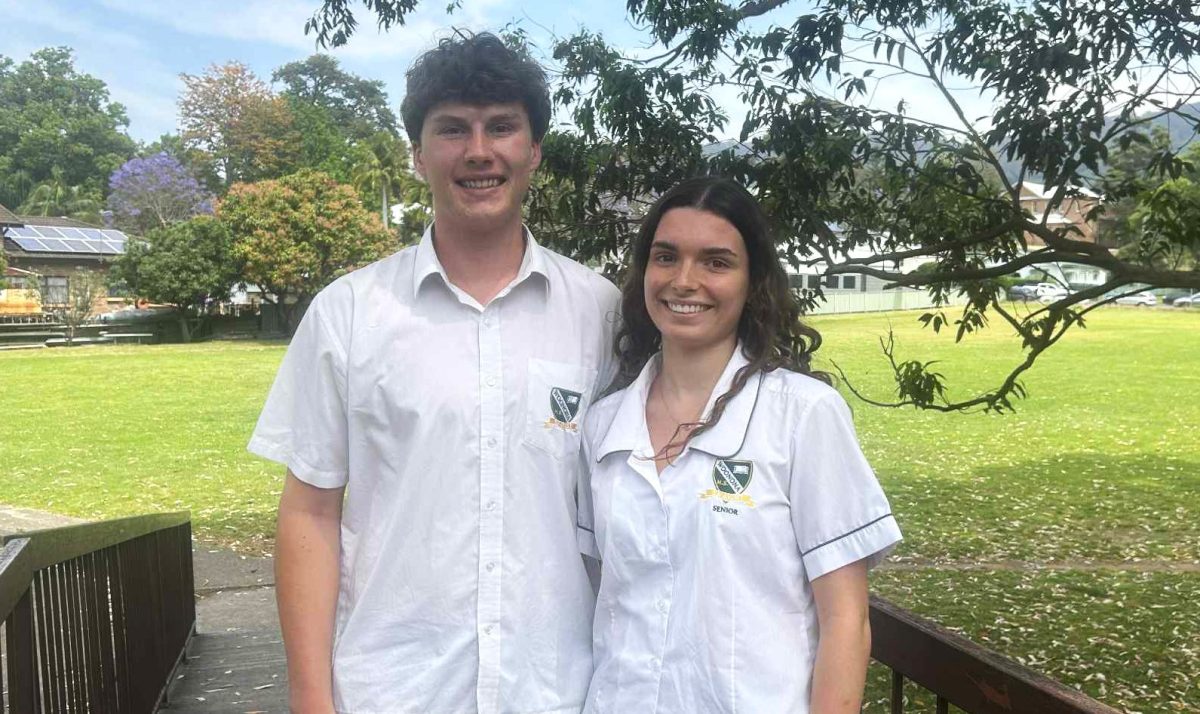
Harry and Maya were more empowered during their exams after support from each other and the broader school community. Photos: Keeli Dyson.
Woonona High students have been building each other up and striving for shared success as they sit their HSC exams, with the school proving its approach to learning yields results on paper and in the real world.
A comprehensive public school in the Illawarra which surprised the community with its exceptional outcomes is looking to continue striving for success with the latest Year 12 cohort who are in the thick of their exams.
Woonona High School principal Caroline David is fuelled by a relentless drive for improvement and a passion for equal opportunity in schooling.
“We have very, very high expectations for learners that they will all do their best whatever that looks like on any given day,” Ms David said.
“We do have lots of kids with very complex backgrounds, which you don’t expect happens in middle-class Australia but it does, and we do a particularly strong job of allowing students whose background would otherwise inform failure at school and ensuring they meet success as well.”
From the start of high school, students are shaped by the four Cs of communication, critical reflection, creativity and collaboration.
These concepts have instilled vital skills and values for study and the workplace, fostering a culture of working together and achieving personal bests.
It proved its academic potential with the school lifting its HSC results from 71.4 per cent in 2023 to 75.7 per cent in 2024 and last year also achieving the highest HSC course average of any comprehensive (non-selective) public school in the Illawarra.
“We’re really proud about the fact that we got the highest average mark because that meant that everybody thrived and succeeded and we created an environment where even the students that didn’t aspire to an ATAR pathway, they all thrived,” Ms David said.
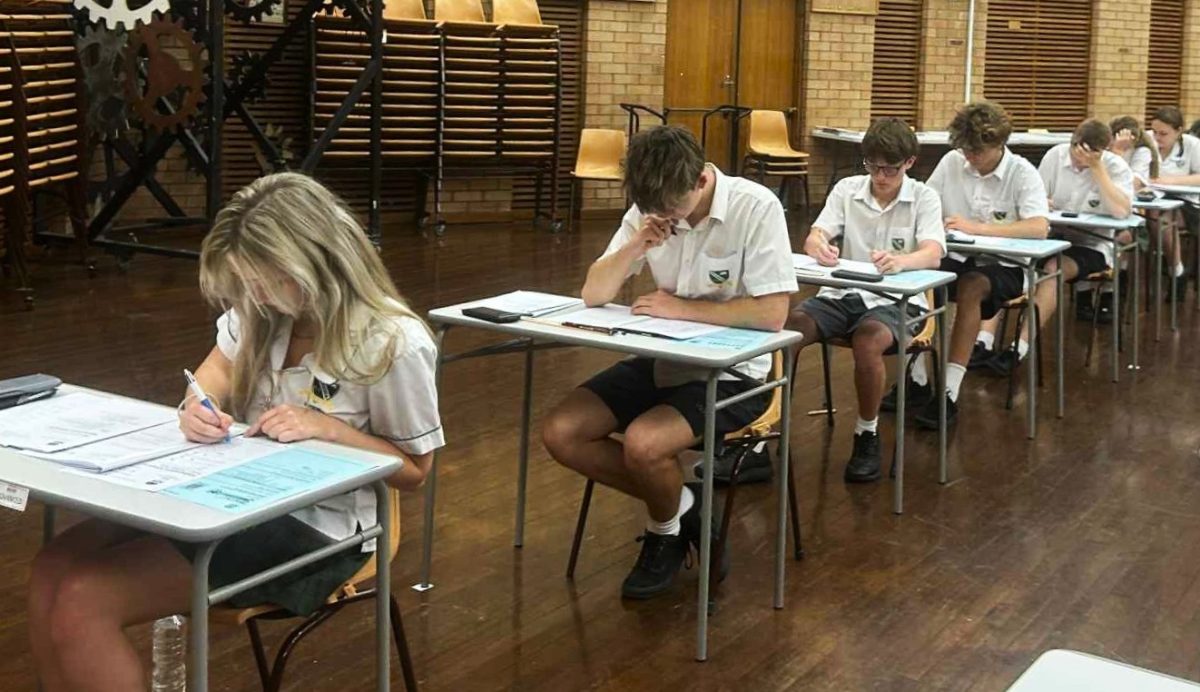
Woonona High’s 2025 HSC cohort is set to continue its record for improvement and success.
“We’re also super proud that we were only 1.4 per cent behind a school in the area that is 50 per cent selective and only 7.9 per cent behind a fully academically selective high school, which to me speaks volumes of the work that’s been done to value-add for every single child in the school – not just the elite kids, not just the kids that aspire to a tertiary pathway, but every child in the school has been mentored and challenged sufficiently.”
That support within the school community is set to also help recent graduates such as Harry Sargent-Wilson and Maya Page, who felt challenged but confident as they left their recent mathematics exam.
“Harry and I prepared a lot for it together, so it’s good to see all our hard work pay off and get another one out of the way,” Maya said.
“We have this environment where we push each other and strive for the best for each other,” Harry said.
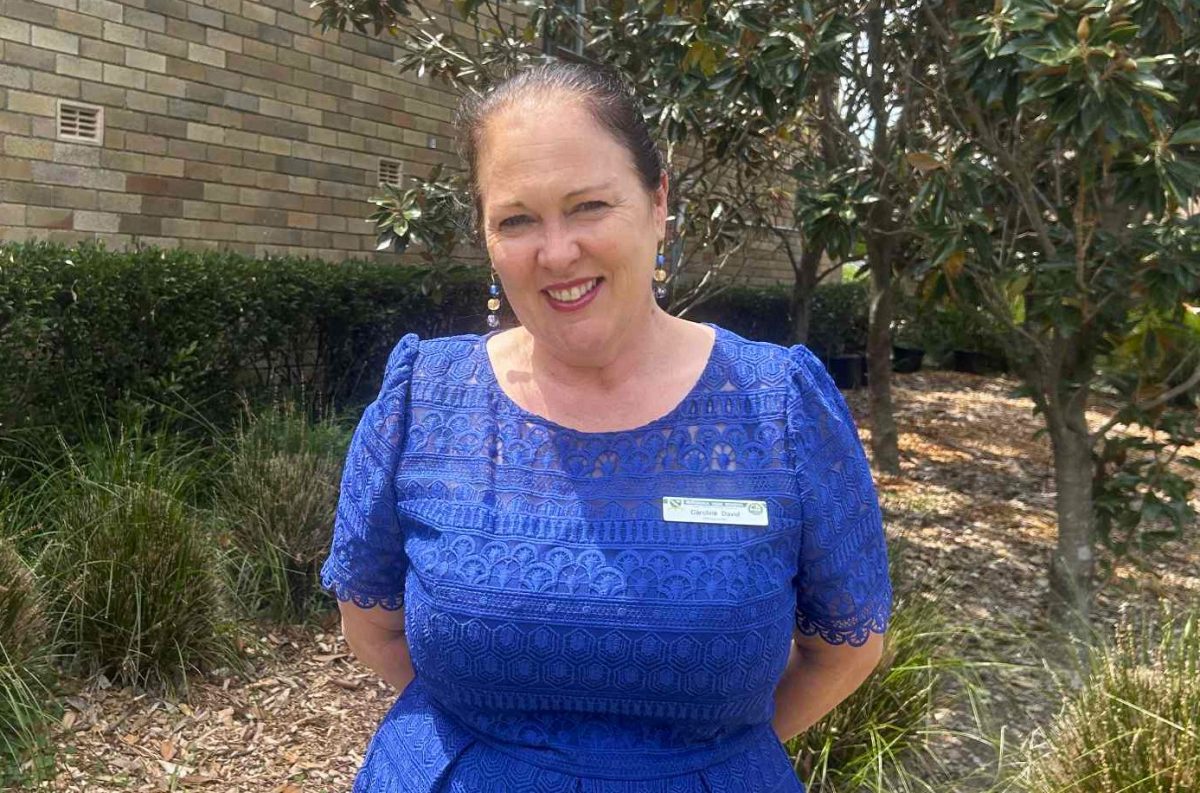
Caroline David is supporting all students to strive for improvement and reach their personal potential.
Whether students are chasing a pathway in a trade or tertiary education, Maya said there is a drive right across the year group for everyone to put their best foot forward.
“I think just knowing in yourself, having integrity and putting your school values first, you want to do the best for your school, for your teachers who put so much effort in,” she said. “And at the end of the day the highest mark you can get gives so many more options.”
Despite the school’s success, raising awareness about the benefits of attending a public local school is still a challenge.
“In Australian educational policy or schooling policy, we’ve got a tendency to stratify schools,” Ms David said. “So that all the smart kids go to this school, all the arty kids go to this school, the religious kids go to this school, the sporty kids go to this school, and then what’s left can be residualised in comprehensive high schools like Woonona High.”
“In our educational landscape a non-selective school who has to take all comers is often seen as the last resort.”
But she said their inclusiveness could also provide value to the student population.
“To be able to exclude students, that is very attractive for a family who doesn’t want their child to mix with certain social types,” Ms David said.
“But it’s not doing our children a service because when they go into a workplace they’re going to need to know how to collaborate effectively with people from a wide range of the socioeconomic spectrum, whatever position they are – whether they’re the top of the pile or the bottom of the pile.”
Ms David invited the community to see the impact firsthand and explore the educational opportunities which could be right on their doorstep.
“Look at the programs, look at the people and look at the huge value we’re making in the lives of all children not just a particular type of child.”
For more information about Woonona High visit the school website.



